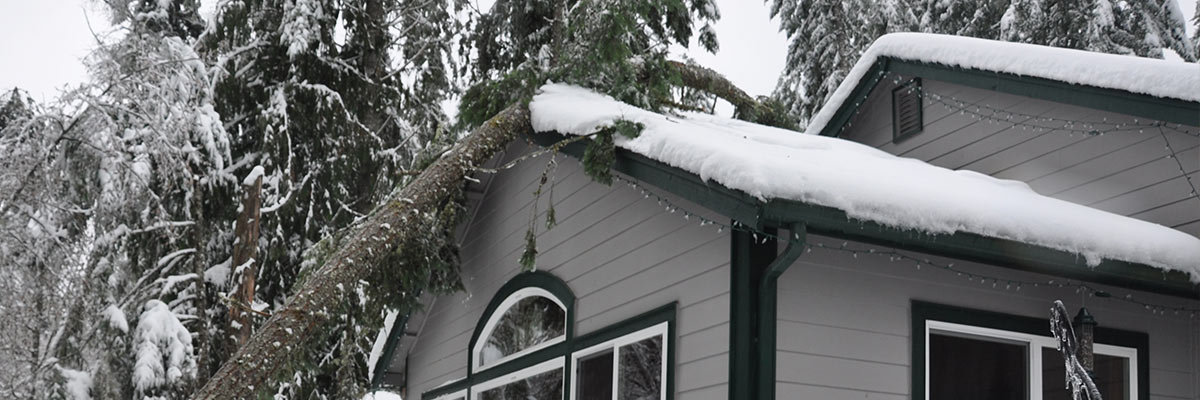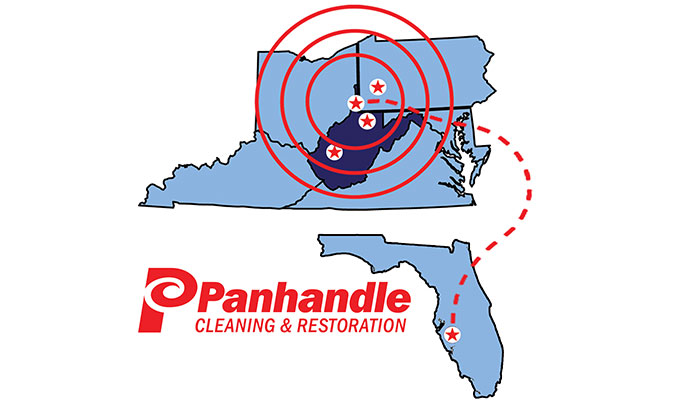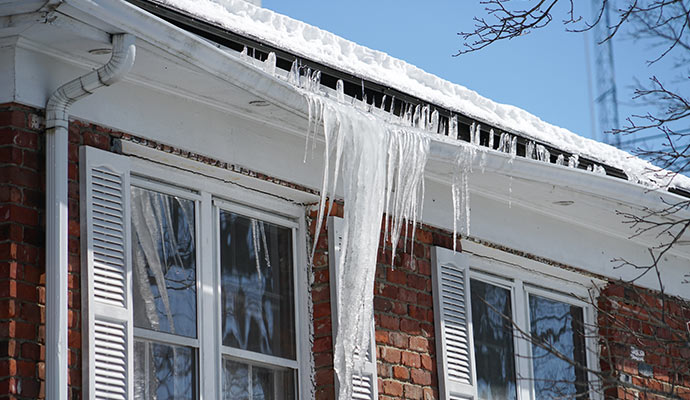
Winter Weather Preparedness With Help from Panhandle
At Panhandle Cleaning & Restoration, we specialize in storm damage cleanup and winter weather preparation. As freezing temperatures approach, it’s essential to take the right steps to protect your property from potential damage.
Our expert team is here to guide you in preparing your home or business to withstand the cold, preventing hazards like frozen pipes and ice dams. Get in touch with us today to make sure your property is ready for winter and stays safe, comfortable, and damage-free.
Why Preparing for Freezing Weather is Necessary?
Freezing temperatures can lead to serious damage if you’re not prepared. Such as:
- Frozen pipes can burst, leading to costly water damage.
- Ice dams can damage your roof and gutters, causing structural issues.
- Freezing weather can affect your heating system, resulting in expensive repairs.
- Exposed exterior walls and windows can lose heat quickly, increasing energy costs and reducing comfort.
- Frozen outdoor faucets can crack or rupture, causing leaks and potential flooding when thawed.
Proper preparation helps avoid these problems, keeping your property safe and functional during extreme cold.
Top 3 Ways to Prepare for Freezing Weather
As we transition from fall to winter, it’s essential to prepare your home for the upcoming freezing temperatures. Proper preparation involves taking steps to protect your home, securing your plumbing, insulation, and heating systems, and being ready to handle any unforeseen challenges.
Additionally, taking preventive measures to avoid damage from snow, ice, and freezing rain is crucial. By being proactive, you can prevent costly repairs and keep your home safe and comfortable. Here are some of the most important ways to prepare for freezing weather and keep your property safe and functional during the cold months.
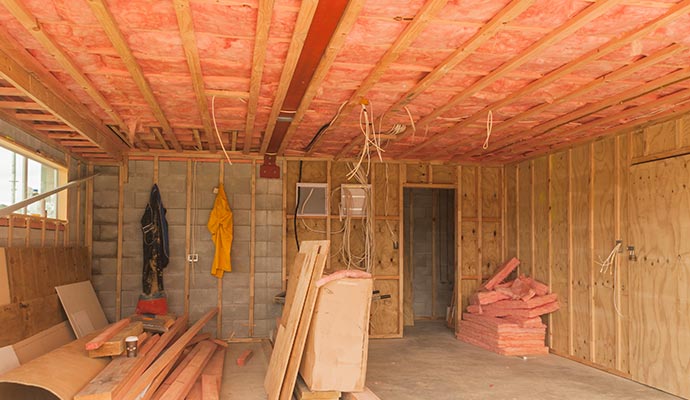
1. Install Weather Stripping, Update Seals, and Check Insulation
This is probably the most fundamental part of preparing your home for cold weather. Ensure your insulation is in good condition, seal any leaks, and add or replace weather stripping on doors to help your home retain heat. Proper insulation also reduces the risk of ice dams by keeping your roof temperature consistent.
Check windows for drafts and seal any gaps. Ventilate your attic to avoid condensation. You don’t want to deal with these issues during a blizzard, so inspect these areas now and make any necessary repairs before the weather turns.
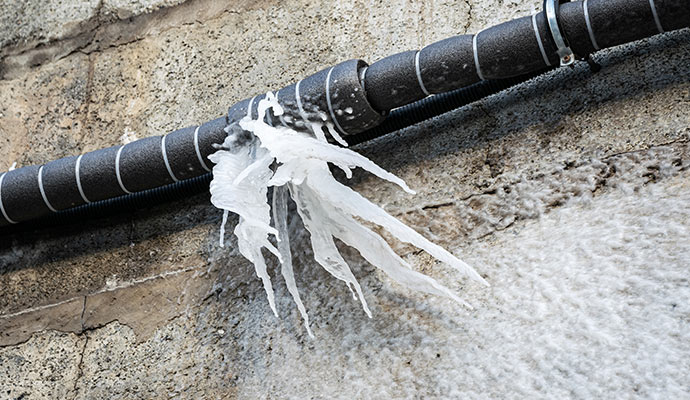
2. Protect Pipes and Prevent Ice Dams
Freezing temperatures and water can result in serious damage to your property. Frozen pipes are at risk of bursting, and ice dams can cause water to leak into your roof and attic. To prevent these issues, properly insulate your pipes and seal your roof deck. Relocate heat sources from directly under the roof to prevent warm air from escaping into the attic.
Additionally, insulating ceiling lights prevent heat buildup in the attic, which could melt snow on your roof, leading to water runoff and ice formation along your gutters. This process emphasizes the importance of sealing and insulating your home to safeguard it against winter damage.
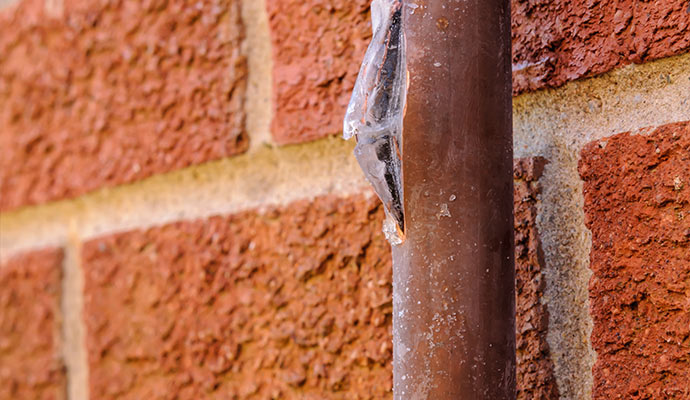
3. Guard Against Leaks
When preparing for freezing weather, sealing openings and adding weather stripping are key. Equally important is clearing debris from areas like window wells, walls, drains, and gutters. Before a winter storm arrives, make sure these areas are free from leaves and debris to prevent drainage issues, which can lead to water runoff and leaks.
After a snowstorm, remember to remove snow from these areas to avoid freezing and potential damage. This practice is essential for preventing ice buildup, as it can lead to water leaks when melted. Taking these preventive measures will help protect your home from water damage and maintain the integrity of your property.
Additional Tips to Prepare Your Home for Freezing Weather
To keep your home well-prepared for freezing temperatures and potential winter storms, it’s important to take preventive measures. Here are some essential tips to protect your home and property:
Seal Gaps and Cracks
Inspect windows and doors for drafts and seal gaps to block cold air.
Clean Gutters and Downspouts
Clear gutters of debris to ensure proper drainage and prevent ice dams.
Check Your Heating System
Have your heating system professionally inspected to ensure it’s working efficiently.
Protect Outdoor Faucets
Disconnect hoses and cover faucets to prevent freezing and pipe bursts.
Stock Up on Emergency Supplies
Prepare an emergency kit with essentials like blankets, water, food, and flashlights.
Insulate Exposed Pipes
Insulate pipes in unheated areas, such as basements, to prevent freezing.
Keep Your Home Safe and Functional After Severe Weather Strikes
At Panhandle Cleaning & Restoration, we know that even the best preparations can’t always prevent storm damage. Freezing weather, snow, and ice can cause damage to your property, but you don’t have to face it alone.
Our storm damage cleanup and restoration services are designed to quickly restore your home and address all types of weather-related damage. With our experienced team by your side, we’ll ensure your property is safe, functional, and secure.
Contact us today for fast and reliable storm damage restoration services in Wheeling, Morgantown, Charleston, Huntington, and other nearby areas. Let us help you recover and get back to normal in no time!
866-515-2364